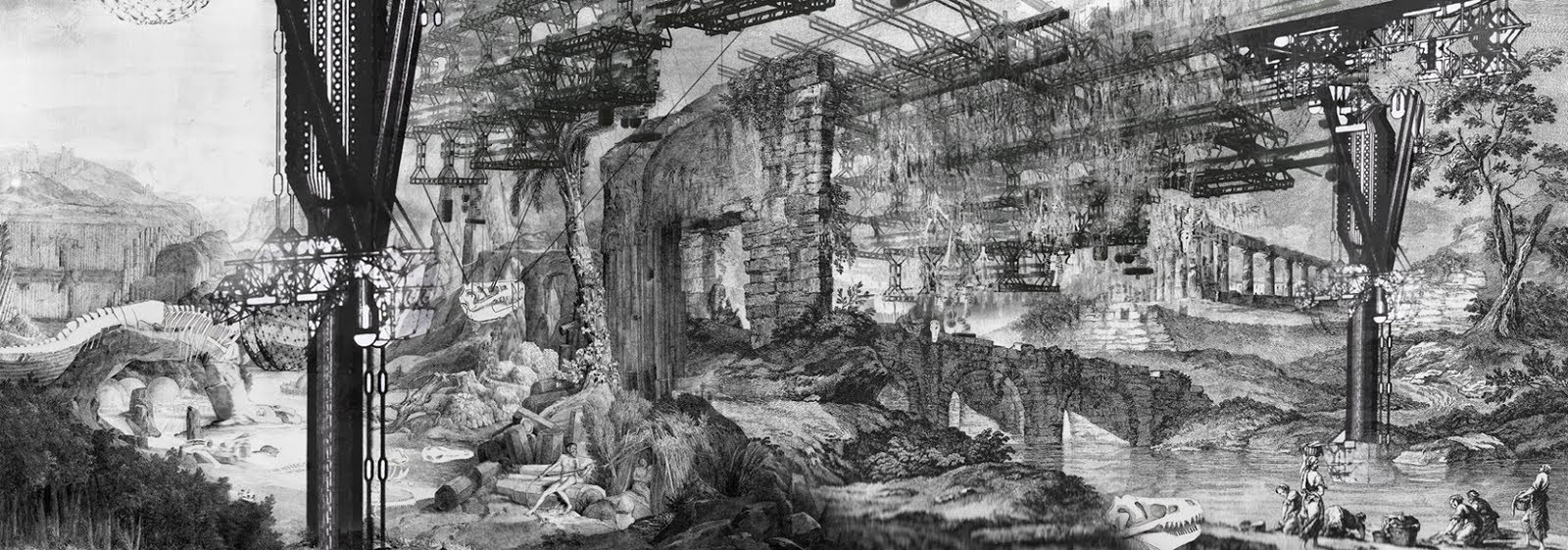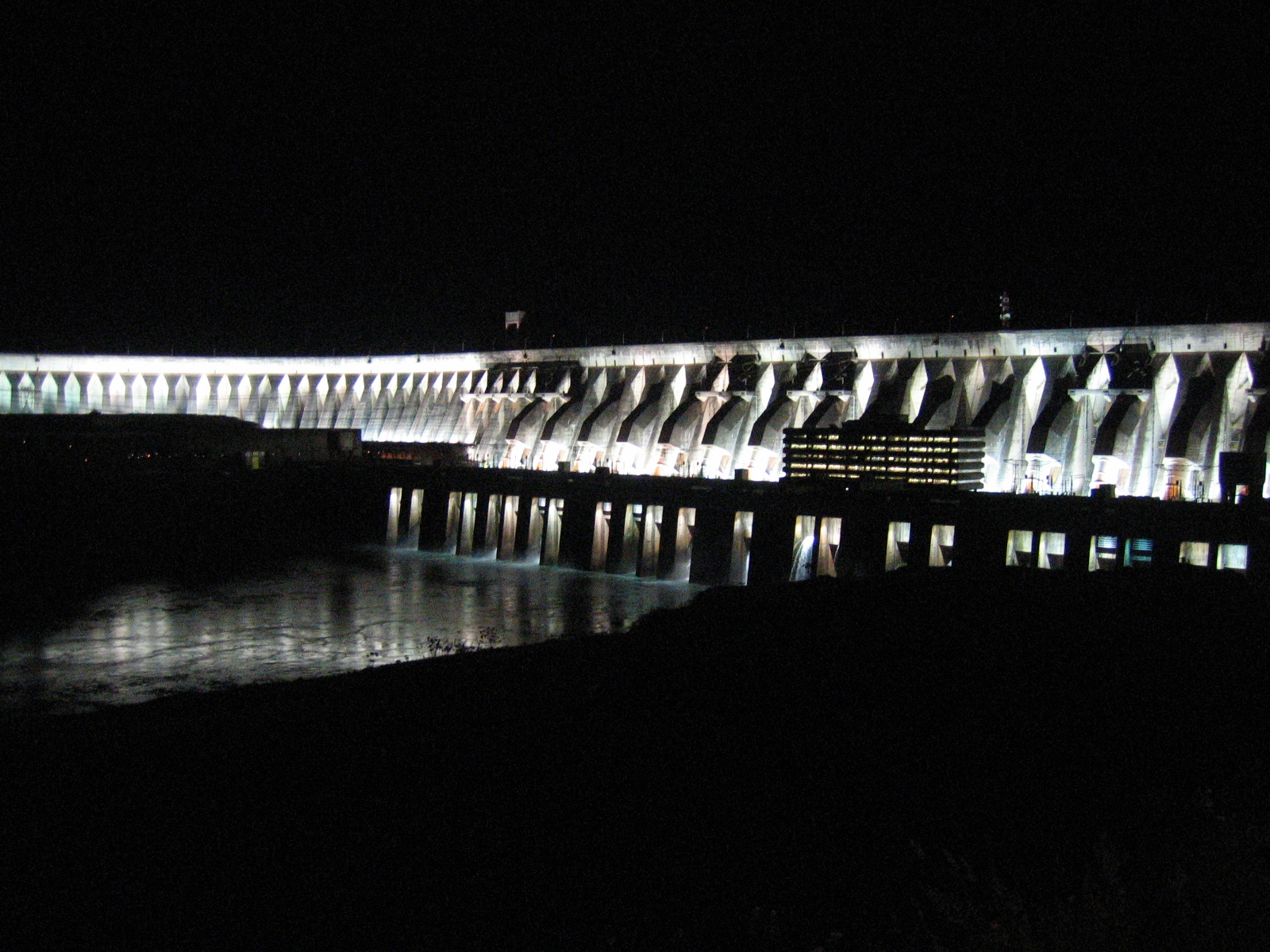Following on from the last post, this post is going to be about availability of computational equipment for both organisational and individual purposes. Having already explored an example (of which there are many more) where a place's position on the globe and their environment inhibit the adoption of computational integration, in this post i'm going to explore other, more human or societal, barriers.
To look at the global (or at least international) scale, internet usage figures are useful. I found some data from the International Telecommunications Union for the percentage of all countrie's population with internet access. With the intention of looking at how access has changed over time I've plotting these data as 4-year periodic histograms:
 |
| Histograms for percentage of population with internet access of all countries. Plotted with data from the International Telecommunications Union. Link here |
What strikes me as interesting, is that the time-period 2008-2012 represents a monumental change in pace regarding the increased exposure of people to the internet. However the price of a laptop has been lowing exponentially as i found out here.....
 |
| Consumer price index for personal computers and peripheral equipment from 2005 to present. Global recession was experienced from 2007 to 2008. Plotted with data from the US department of Labour. Link here. |
... and this means the the reduction in price of the average processor was lowest during 2008 to 2012 than it has been before. It is also interesting to note that a global recession occurred in 2007 - 2008. So, the reason why, all of a sudden, internet got much more wide-spread in this period remains a mystery.
It's also interesting, if not somewhat sad, that despite this progress, that internet access remains out of the reaches of the majority of the world's population.
The UK's Office for National Statistics pulls out some interesting numbers for Great Britain. In 2012, 21 million households in Great Britain (80%) had Internet access, compared with 19 million (77 per cent) in 2011. So, 205 of the UK households do not have in internet access. The reason's though for not having it are also interesting: Of the 5.2 million households without Internet access, the most common reason for not having a connection was that they 'did not need it' (54 per cent).
 |
| UK households with internet access. Before green dashed line data is from the UK and after it is for GB. Replotted using data from UK National Office for Statistics Internet Access Report 2012: link here. |
I would like to break down this data but I cant find anymore information; the trail goes cold. So, I have to speculate as to why people would say they do not think they need it. As a proponent (generally speaking) of increased connectivity, I am inclined to interpret this as effectively saying that they 'do not understand it' fully (although this is understood to be reductive) - as the benefits to any demographic are myriad.
Additionally, only 67% of adults in Great Britain used a computer every day. This figure also strikes me as very low. GB is one of the countries for which use of computers is amongst the highest globally. This suggests there remains lot of of work to be done.
Directing attention back to the global scale, there is a huge disparity between the language in which the content on the internet is in and the native tongues of its users. In this diagram you can see that Chinese speakers represent almost a quarter of all internet users however in the 2nd diagram below you can make out that only 4% of internet content is in Chinese.
 |
| Languages of internet content. Plotted with data from Internet World Stats. Link here. |
This too strikes me as very strange. This implies that lot of the content on the internet is not accessible to a vast number of people even if they have an internet connection. So really, this illusion of global connectivity is false and what emerges is a highly skewed and unequal accessibility: especially for something that is deemed by the UN to be an essential human right.
Alot of work could be done with this data, far beyond that of the scope of this blog but in futures posts I may return to this to explore the spatial biases in these data in more depth.
For this post, perhaps more than any other, comments, interpretations etc. are hugely appreciated.



.jpg)




